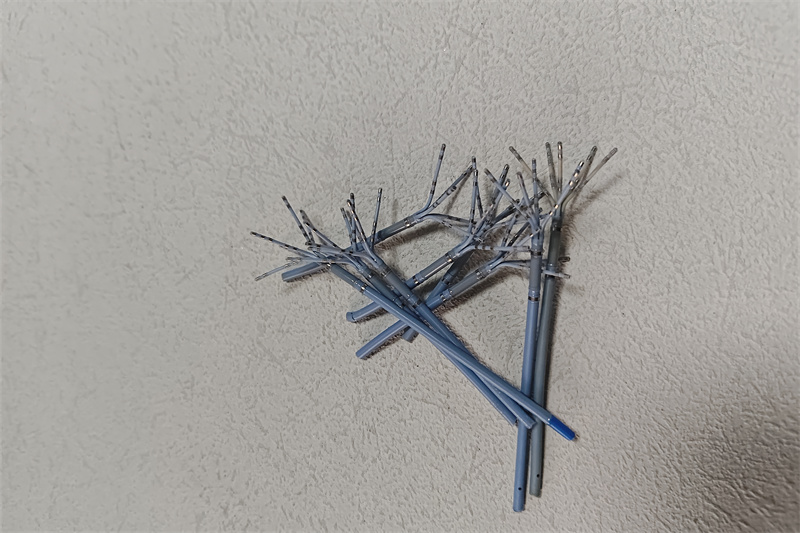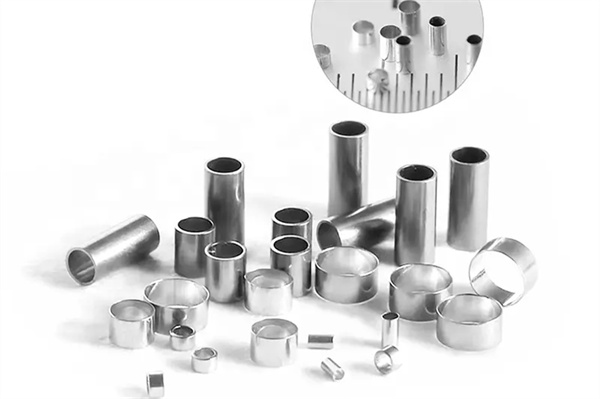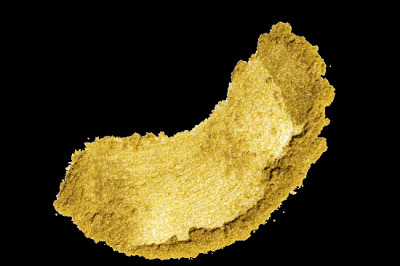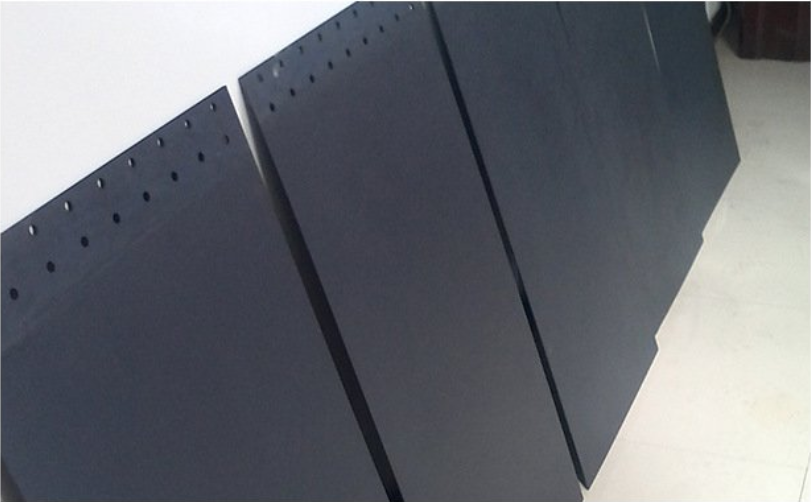Characteristics of platinum-iridium alloy: how much is a gram of platinum-iridium alloy
The characteristics and wide application of platinum-iridium alloy make it play a pivotal role in many fields. This alloy is usually composed of 90% platinum and 10% iridium, but the specific composition ratio may be adjusted according to the needs of practical applications to achieve the best performance.
Adding iridium to platinum can significantly enhance several key properties of the alloy. Firstly, from the perspective of durability, the addition of iridium significantly improves the hardness and strength of platinum, making platinum-iridium alloys more resistant to wear and deformation than pure platinum. This characteristic makes platinum-iridium alloy excellent in environments that require high loads or frequent friction, such as aerospace, machinery manufacturing, and other fields. Secondly, both platinum and iridium have strong antioxidant and corrosion resistance properties, so platinum-iridium alloys can maintain their stability in harsh chemical environments. This characteristic makes platinum-iridium alloy widely used in chemical industry, oil refining and other industries, especially in equipment that needs to handle corrosive substances.
In addition, platinum-iridium alloy also has a very high melting point of about 2,100°C3,812°F, making it an ideal choice for high-temperature applications. For example, in the fields of glass manufacturing and metallurgy, platinum-iridium alloys can be used to manufacture crucibles and heating elements that can withstand high temperatures.
Secondly, both platinum and iridium have strong antioxidant and corrosion resistance properties, so platinum-iridium alloys can maintain their stability in harsh chemical environments. This characteristic makes platinum-iridium alloy widely used in chemical industry, oil refining and other industries, especially in equipment that needs to handle corrosive substances.
In addition, platinum-iridium alloy also has a very high melting point of about 2,100°C3,812°F, making it an ideal choice for high-temperature applications. For example, in the fields of glass manufacturing and metallurgy, platinum-iridium alloys can be used to manufacture crucibles and heating elements that can withstand high temperatures.  Platinum-iridium alloy also has good biocompatibility. The alloy is non-toxic and will not cause adverse reactions when in contact with human tissue. Especially when used to make electrophysiological platinum-iridium electrode ablation catheters, the superior performance of the platinum-iridium alloy is fully utilized.
Regarding the recycling price of electrophysiological catheter platinum-iridium electrodes, these electrodes contain precious platinum and iridium, so they have important recycling value. The recycling price mainly refers to the type and quality of the electrode, and the specific price may fluctuate. Generally speaking, the recycling price may vary due to factors such as market supply and demand, the integrity of the electrode, and the pricing strategy of the recycling company. In the market, there are basically 9 yuan for an electrode and 78 yuan for a piece of electrode, with a large price difference.
For example, Johnson & Johnson ST large-head platinum-iridium ring, Huitai electrophysiological catheter level 4, Johnson & Johnson thick ten-level catheter, Johnson & Johnson RF ablation catheter large ten-level imaging ring, and Huitai electrophysiological catheter deca large ten-level ablation electrode are all common platinum-iridium electrode types on the market.
Platinum-iridium alloy also has good biocompatibility. The alloy is non-toxic and will not cause adverse reactions when in contact with human tissue. Especially when used to make electrophysiological platinum-iridium electrode ablation catheters, the superior performance of the platinum-iridium alloy is fully utilized.
Regarding the recycling price of electrophysiological catheter platinum-iridium electrodes, these electrodes contain precious platinum and iridium, so they have important recycling value. The recycling price mainly refers to the type and quality of the electrode, and the specific price may fluctuate. Generally speaking, the recycling price may vary due to factors such as market supply and demand, the integrity of the electrode, and the pricing strategy of the recycling company. In the market, there are basically 9 yuan for an electrode and 78 yuan for a piece of electrode, with a large price difference.
For example, Johnson & Johnson ST large-head platinum-iridium ring, Huitai electrophysiological catheter level 4, Johnson & Johnson thick ten-level catheter, Johnson & Johnson RF ablation catheter large ten-level imaging ring, and Huitai electrophysiological catheter deca large ten-level ablation electrode are all common platinum-iridium electrode types on the market.






